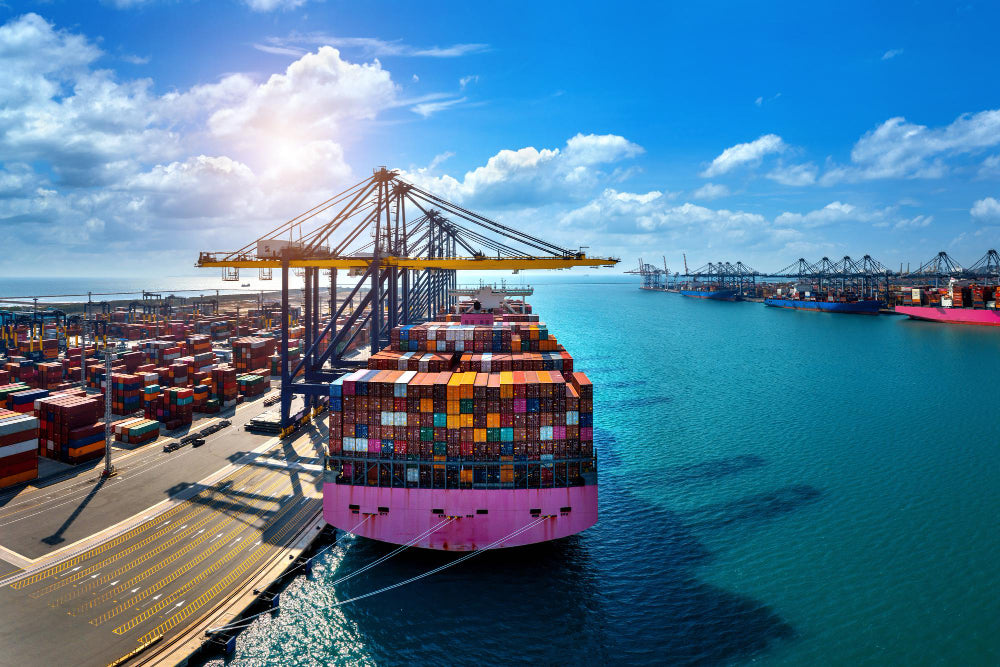
COVID-19 disrupts food logistics in Canary Islands
Share
Introduction
The disruption of food logistics in the Canary Islands due to COVID-19 has had a significant impact on the region. The pandemic has highlighted the importance of a reliable and efficient food supply chain, as well as the challenges that can arise when that chain is disrupted.
Before the pandemic, the Canary Islands relied heavily on imports for their food supply. The islands import a variety of products, including fresh fruits and vegetables, meats, grains, and dairy products. The majority of these imports come from mainland Spain and other European countries.
Impact of COVID-19 on food imports
The onset of COVID-19 and the accompanying travel restrictions and lockdowns greatly disrupted the flow of these imports. The reduction in air and sea travel led to shortages of certain products and an increase in prices for others. This was particularly noticeable in the fresh produce sector, where the lack of air freight capacity caused shortages of certain types of fruits and vegetables.
To address these shortages, the government of the Canary Islands implemented measures such as increasing the capacity of local greenhouses and promoting the consumption of locally grown products. These efforts helped to mitigate the impact of the supply chain disruptions, but they were not sufficient to fully offset the loss of imports.
In addition to the difficulties caused by the reduction in imports, the pandemic also had an impact on the domestic food production and distribution systems in the Canary Islands. The closure of restaurants and other food service businesses led to a decrease in demand for certain types of products, while the increased demand for home delivery put additional strain on the distribution network.
Local efforts to mitigate supply chain disruptions
To address these issues, the government of the Canary Islands worked with local food producers and distributors to develop new strategies for getting products to consumers. This included the creation of online marketplaces and the expansion of home delivery services.
Overall, the disruption of food logistics in the Canary Islands due to COVID-19 has highlighted the importance of a robust and resilient food supply chain. While the measures taken by the government and industry have helped to mitigate the impact of the pandemic, there is still room for improvement in terms of ensuring the availability and affordability of food for all citizens.
Strategies for improving the robustness of the canary islands' supply chain
The following are just some thoughts about improving the overall structure in Canary Islands:- Diversifying sources of imports: By relying on a variety of suppliers from different regions, the Canary Islands can reduce their dependence on any one source and make their supply chain more resilient to disruptions. For example, if the islands typically import most of their food from Spain, they could consider sourcing some of their food from other countries as well, such as France or Italy. This would reduce the risk of shortages in the event of a disruption to the supply chain from Spain.
- Improving transportation infrastructure: Investing in ports, airports, and roads can help to improve the efficiency of the supply chain and make it more resilient to disruptions. For example, building a new port or expanding an existing one could make it easier to bring in goods by boat, while upgrading roads and improving public transportation could make it easier to distribute goods throughout the islands.
- Promoting local production: Encouraging the development of local agriculture and other industries can help to reduce the islands' dependence on imports and make the supply chain more self-sufficient. This could involve providing financial incentives to local farmers or businesses, investing in training and education programs, or implementing policies that support local production.
- Developing storage and distribution facilities: Building warehouses and other storage and distribution facilities can help to ensure that goods are available when they are needed, even in the event of a disruption. This could involve constructing new facilities or improving existing ones to increase capacity and improve efficiency.
- Collaborating with stakeholders: Working with suppliers, transportation companies, and other stakeholders can help to identify potential vulnerabilities in the supply chain and develop strategies to address them. This could involve holding regular meetings or establishing a task force to identify and address potential risks, or developing contingency plans to respond to disruptions.
by Flavio de Stefano
Image by tawatchai07 in Freepik